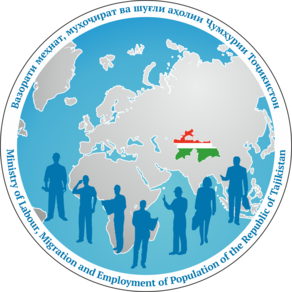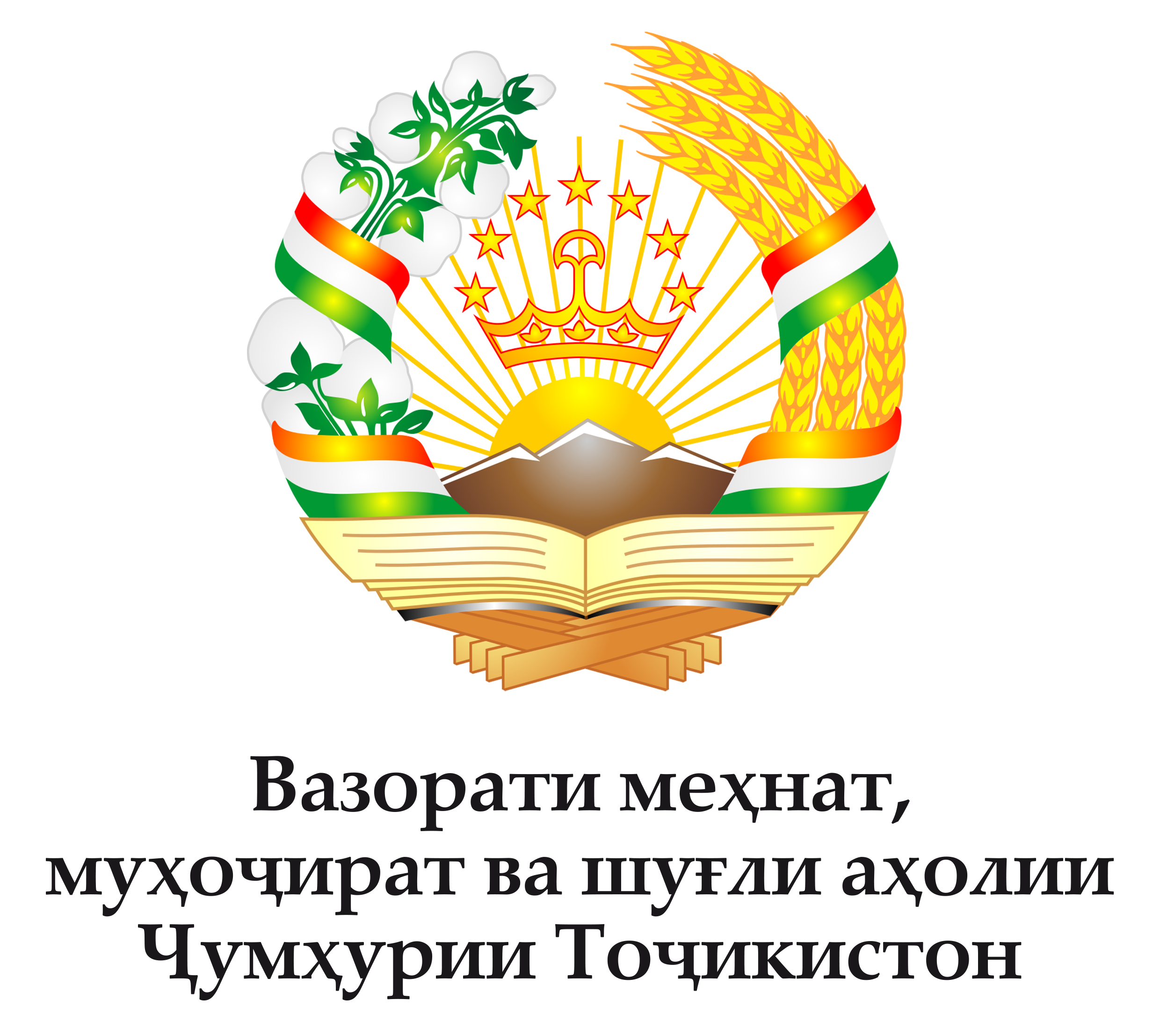ADAPTATION OF PROFESSIONS ACCORDING TO ISCO-08

The issue of classification of professions and the need to develop ISCO was discussed back in 1921 at the first International Conference of Labor Statisticians (hereinafter referred to as ISCO). In 1947, work on the development of the ISCO was continued at the sixth conference of labor statisticians.
To form the structure of ISCO-08 (ISCO-08), activities are classified (grouped) into four levels.
The first level and the most specific, simple and straightforward classification of professions is called the primary groups, which include all professions currently existing in the world, regardless of the level of development of countries, and their number is 436.
At the second level, the primary groups, making up 436 units, are divided into 130 small groups, at the third level, in turn, 130 small groups are divided into 43 subgroups and, finally, at the fourth level, 43 subgroups are grouped into 10 main groups.
The main groups are formed and named depending on the political and economic structure of countries (managers, business specialists, technical specialists), the characteristics and priorities of industries (services, agriculture, industry), skill level (unskilled workers in simple professions) and, accordingly, have a qualification level of 1 , 2, 3 and 4.
In the structure of ISCO-08 (ISCO-08), the service sector is envisaged as an important and leading sector of the national economy, and its 5th main group is named as follows: “5. Service and trade workers." According to ISCO-08 (ISCO-08), service and trade workers have qualification level 2, require formal general secondary, primary and secondary vocational education and are grouped into 4 subgroups, 13 small groups and 40 primary groups. Analysis of the statistical balance of the main groups shows that the country's service sector ranks first after the country's agriculture.
Therefore, it is expected that special attention will be paid to this area when revising and updating, implementing and adapting the National Classification of Occupations of the Republic of Tajikistan. Taking into account service processes, in broad cooperation with ministries and departments, experienced experts and specialists, the activities of this important sector of the economy will be studied. In this process, the experience of other distant and close countries is also studied and discussed.
The service and trade sector is considered one of the priority areas, and depending on its development, the necessary opportunities are created for citizens. The increase in the share of this sector compared to other sectors of the economy and social sphere indicates a high level of development of countries. As a result of the rapid development of science and technology at the end of the 20th and beginning of the 21st centuries, the number of new professions and occupations in the service and trade sectors has increased significantly, as well as the number of citizens employed in this area in the Republic of Tajikistan is increasing every year. According to the National Development Strategy of the Republic of Tajikistan, by 2030, official employment in the service sector will increase from 27.6 to 60 percent of the total population employed in the economy.

Emomali Rahmon
Founder of Peace and National Unity — Leader of the Nation

Kholmahmadzoda Soleha
Minister of Labour, Migration and Employment of the Republic of Tajikistan

Official website of the
Ministry of Labour, Migration and Employment of Population of the Republic of Tajikistan

Official website of the
Development Bank website







